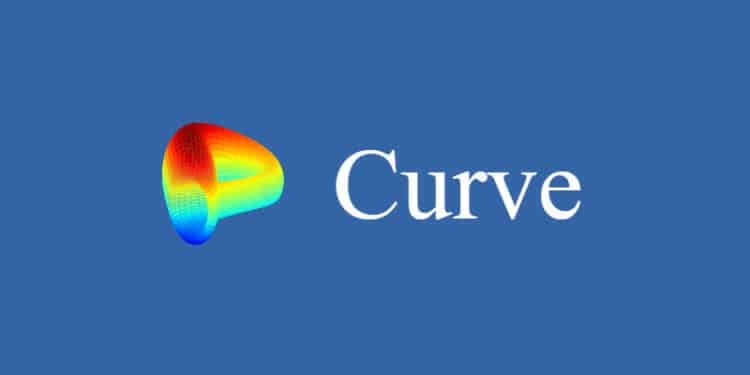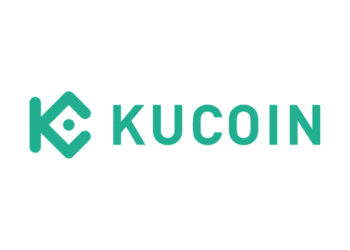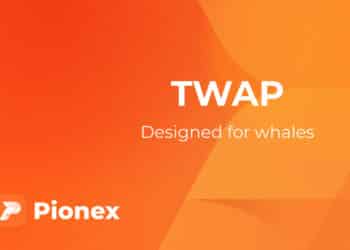Curve Finance is a decentralized cryptocurrency exchange pool on Ethereum. The DEX’s proprietary formulas are relied on to offer low slippage, high liquidity, and low fee transactions among ERC-20 tokens.
Curve Finance background
The official website does not provide any info about the background of the vendor. However, we discovered on LinkedIn that the platform was invented by Michael Egorov. He is a physicist, a software engineer, and the CEO of Curve Finance.

Curve Finance overview
Curve Finance is a decentralized exchange that was developed in 2020 to allow users to swap and stake Stablecoins, as well as provide liquidity to earn rewards. It particularly resolves the problem of centralized exchanges that charge high fees for those moving from one stable coin to another. In this regard, Curve has reportedly become a desirable place where users can exchange stable coins using low slippage and low fees.
Pros & cons
Pros
- Charges low fees
- Supports multiple wallets and Stablecoins
- Allows you to participate in the protocol’s governance
Cons
- No support for fiat currencies
- Impermanent loss risk
| Funding methods: | Cryptocurrencies |
| Cryptocurrencies supported: | 40+ |
| Countries: | N/A |
Key features of Curve Finance
Here is a summary of the DEX’s main features:
- It allows you to create and provide liquidity pools.
- There is a Curve DAO token to motivate liquidity providers on the platform and attract numerous users to the protocol’s governance.
- The DEX’s native token (CRV) has 3 major uses, which include staking, voting, and boosting. By performing any of these activities, you will have to vote lock your CRV and obtain veCRV (CVR locked for some time).
- Traders who stake $CRV are permitted to claim trading fees every time they like. However, fees are only changed to 3CRV once weekly.
- it supports swapping of one token for another.
What wallets does it support?
The protocol works with several wallets, including Trezor, Ledger, Coinbase, WalletConnect, Torus, Fortmatic, and Portis. According to the vendor, connecting to your wallet is similar to “logging in” to Web3. Choose the wallet you want from the available options and get started.
How does Curve Finance work?
Curve Finance can be likened to an exchange whose goal is to enable individual traders and other decentralized protocols to exchange ERC-20 tokens through it using low slippage and low fees. Curve utilizes liquidity pools rather than linking a buyer and a seller. So, it focuses on rewarding liquidity providers to encourage more users to adopt the practice. As a result, it is able to have a high volume of liquidity tokens to attain a successful exchange volume.
What can you buy with Curve Finance?
Find below a list of tokens/assets you can buy on this DEX:
- DAI
- USDC
- USDT
- wBTC
- renBTC
- RSV
- UST
- ETH
- LINK
- SPELL
- RAI
- LUSD
- CVX
- MIM
- WETH
- FRAX
- USDN
- HUSD
- EURs
- and much more
Are there any risks with Curve Finance?
The devs cannot access your assets since Curve is non-custodial. The pools cannot even be upgraded, so the logic safeguarding your coins remains unchanged. However, we are reminded that some smart contract risks are involved, which can never be eliminated completely even after audits. The risk of impermanent loss is also very real.
Curve Finance fees
You are expected to pay a 0.04% swap fee when you exchange Stablecoins on Ethereum. The platform also charges deposit and withdrawal fees, which range between 0% and 0.02% depending on whether depositing and withdrawing are imbalanced or not. Balanced deposits or withdrawals are free. However, we have fees on all pools of 0.04%.
Deposit methods
Curve Finance offers several deposit choices for depositing tokens into different pools. In this regard, we have depositing wrapped tokens, depositing into the AAVE pool (on Polygon), depositing into the sUSD pool, depositing into the Tri-pool, depositing into the Y pool, and depositing into a Metapool.
Should you buy it?
You can use this platform to earn passive income, mainly through the provision of liquidity. However, we advise you to take the time to understand how the ecosystem works first. You also need to be aware that you can lose money, especially through impermanent loss.
The Review
Curve Finance charges low fees compared to other DEXes and centralized exchanges, so you may not have to worry about losing much of your income to the platform. By supporting several wallets and Stablecoins, the ecosystem ensures the needs of different users are covered. Unfortunately, using Curve might be complicated for novice traders. There’s a lot they need to understand, and the distinctive UI can be confusing.
Review Breakdown
-
Overall rating







